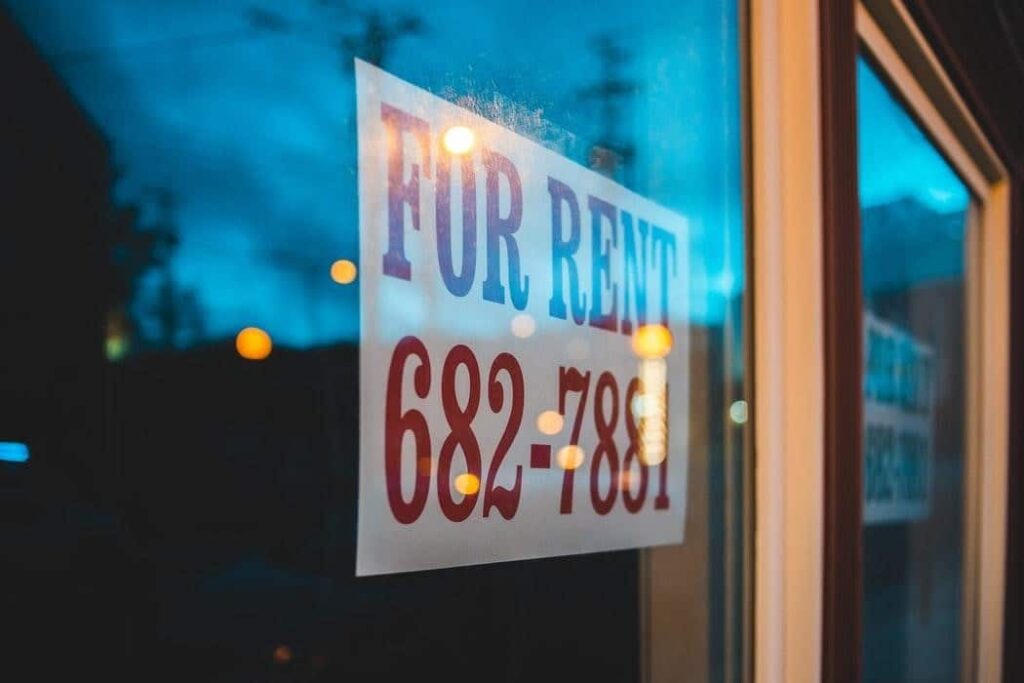On Jan. 11, the National Low Income Housing Coalition (NLIHC) hosted a call to discuss recent developments regarding the extended eviction moratorium and the federal Emergency Rental Assistance (ERA) program.
Sen. Sherrod Brown, a Democrat from Ohio, said he plans to use his role on the Senate Committee on Banking, Housing and Urban Affairs to make sure there is enough money for rental assistance. He said that keeping eviction moratoriums in place is essential and that he plans to get help to local governments “so they don’t start laying off.” He said affordable housing is critical because it “affects everything.”
Brown said “it’s essential” that the money allocated to help renters “gets out the door and is done right.” Diane Yentel and Sarah Saadian, both of whom work for NLIHC, also emphasized the importance of making sure the money is distributed appropriately. They discussed a letter the coalition sent to then-President-elect Joe Biden and his future Treasury and HUD Secretary, pushing the Biden administration to provide clear guidance for state and local governments on the allocation of funding from the Emergency Rental Assistance program. Yentel said this guidance would help the money reach “the people who need it most.”
It is also important “that programs use as broad a definition of housing instability as possible” to avoid making it harder for renters to apply, said Kim Johnson, who spoke with Rebecca Yae about a paper Johnson and Yae wrote on best practices for the ERA program.
Kim Johnson discusses a paper written by her and Rebecca Yae on best practices for Emergency Rental assistance. She is using this slide to outline points made in the paper. pic.twitter.com/jBWb4FHxwx
— Street Sense Media (@streetsensedc) January 11, 2021
Another issue highlighted by the advocates on the call was renters who, due to complications arising from the COVID-19 pandemic, could not work and pay their rent. Rachel Cohen-Miller, Supervising Attorney at Disability Rights Texas, said these renters might have mental illnesses made worse by the pandemic, or they “can’t work where they normally work” because they or somebody in their household are at high risk of developing complications from the virus.
U.S. Census Bureau data from early July indicated that 48% of renter households in Texas, where Cohen-Miller works, were unable to pay rent and at risk of eviction. This number varies from state to state. In Washington, D.C., 31% of renter households were unable to pay rent and at risk of eviction.
Cohen-Miller presented a tool to generate rent accommodation request letters to send to landlords. The form and template language simplifies the process of asking for an accommodation or change to a policy and can help renters to work out a payment plan with their landlord, according to Cohen-Miller. Some of the situations it can be used to address include asking for certain fines and fees to be forgiven, asking for more time to pay rent, or getting an eviction delayed.
Many whose income has been disrupted by the pandemic face mounting debt. Some local and private nonprofits have been working to provide rental assistance to help keep the amount of back rent owed by tenants in check.
In Massachusetts, Citizen’s Housing and Planning Association (CHAPA) has been advocating for an eviction moratorium and resources to help people pay their rent. Rachel Heller, Chief Executive Officer at CHAPA, said providing resources to help people pay their rent would help “our communities remain stable” and “preserve affordable housing.”
Heller said CHAPA’s advocacy helped lead to the state’s Eviction Diversion Initiative, which provides $100 million dollars for the Massachusetts Emergency Rental Assistance Program.
.@HellerRachel discusses the Eviction Diversion Initiative Pledge, which pushes landlords to work with tenants. She shows this slide to illustrate the goals of the pledge, which she says 67 landlords have signed. pic.twitter.com/8qXtT6j403
— Street Sense Media (@streetsensedc) January 11, 2021
While rental assistance programs can help ease financial burdens caused by the pandemic, they cannot guarantee a renter will not be evicted. Eviction moratoriums can prevent many struggling renters from becoming immediately homeless.
The federal eviction moratorium through the Centers for Disease Control is set to expire at the end of January but the new Biden administration is expected to extend it.
Under the federal eviction moratorium, renters are not automatically protected from eviction. They must present a signed copy of the CDC declaration form to their landlord, which is only provided in English and Spanish.
As uncertainty surrounds the future of a federal eviction moratorium, many local governments have enacted statewide moratoriums. In New Jersey, advocates were also fighting to help renters struggling during the pandemic. Staci Berger, President and CEO of the Housing and Community Development Network in New Jersey, said during the call that her state’s moratorium on the removal of tenants will end only when the governor declares the state’s public health crisis over.
The District of Columbia’s eviction moratorium, passed in March 2020, similarly lasts until two months after Mayor Bowser declares an end to the public health emergency. A study published in November estimated that D.C.’s moratorium prevented 3,900 cases of COVID-19 and 170 COVID-related deaths between March and September.
According to the legal resource website Justia.com, 36 states implemented a local moratorium at some point, 17 of which are still in effect. Of the 17 still in effect, only 5 are slated to remain in effect until the end of the emergency is declared, as opposed to a specific expiration date.








